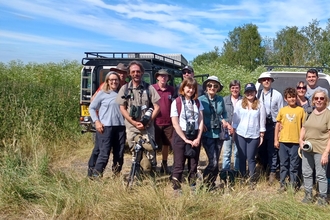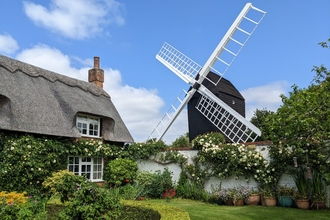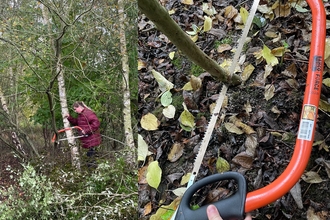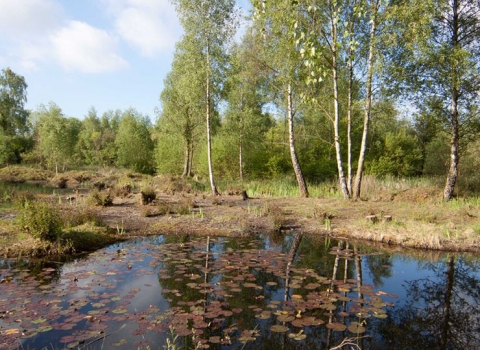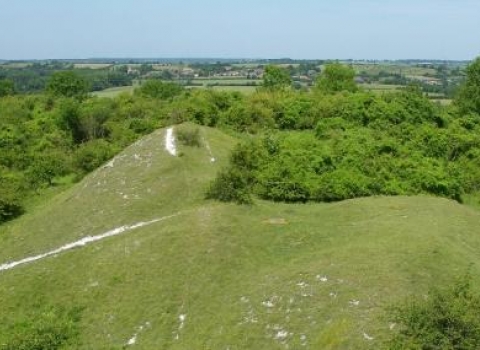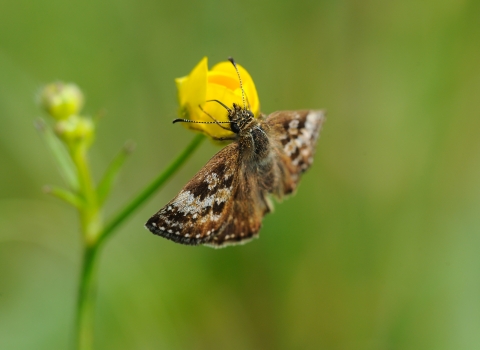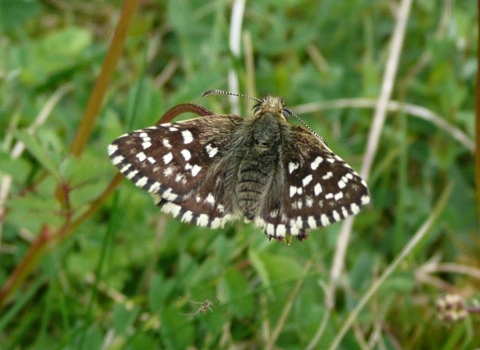Bedfordshire, the county I work in, has a rich industrial heritage which has left a lasting legacy on the landscape. Many of the Wildlife Trust nature reserves that we treasure today are the result of these activities, although in some it is hard to imagine. A few examples include Felmersham Gravel Pits, where gravel was extracted to create local Second World War airfields; Totternhoe, which has a long history of chalk quarrying which stretches from the medieval period to the present day; and Flitwick Moor, where peat was cut within living memory.
Recently I was reminded of the wildlife value of some more recently abandoned previously developed areas or brownfield sites, as they are often called. I was out for the day with a colleague from Butterfly Conservation and a local butterfly recorder looking at brownfield sites in the Marston Vale, just south of Bedford. This area has many quarries, landfill sites, railway lines and was once famous for its brick making. Many brownfield sites are private, for good safety reasons. There are, however, several in the area which can be accessed from footpaths or permissive paths, and they are well worth a visit.





